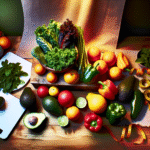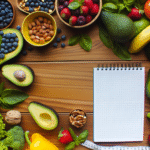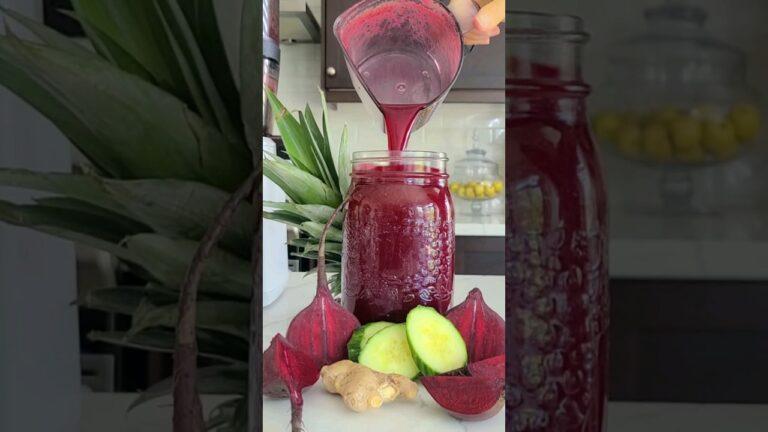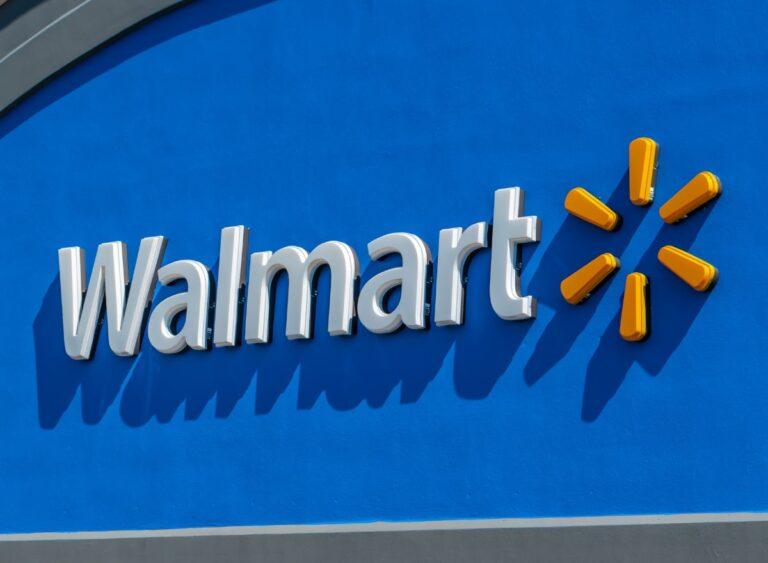Lisa Bass is a staunch advocate for raw milk. “When you look at all of the data and consider what supports health, raw milk comes out on top,” Bass told Blaze News. As a mother of eight and a popular YouTube influencer through her channel “Farmhouse on Boone,” Bass is part of a growing movement rejecting processed milk in favor of raw dairy. “I think we are created by God, and everything was designed a certain way,” she said. “Removing certain aspects of food leads to less healthful outcomes. Raw milk is close to a perfect food—whole and good.”
Unfortunately, most Americans remain unaware of the potential benefits of raw dairy. The federal government and dairy lobbyists have long warned that raw milk is inherently dangerous, claiming it can cause severe illness or even death. The Centers for Disease Control and Prevention have labeled raw milk as “one of the riskiest foods.” However, the narrative promoted by the government and dairy lobby may not reflect the full story.
According to public health agencies such as the CDC and the Food and Drug Administration, consuming raw milk is unsafe under any circumstances. These agencies warn that raw dairy contains disease-causing pathogens that can lead to severe illness, miscarriage, stillbirths, or death. Moreover, they claim there are zero health benefits associated with raw dairy. The FDA has published comprehensive documents aimed at debunking the purported benefits of raw dairy, asserting that scientific evidence unequivocally supports their stance.
The National Dairy Producers Federation, a leading dairy advocacy group, also opposes raw dairy and efforts to legalize it, drawing parallels between the raw milk movement and the anti-vaccination movement. Historically, pasteurization—a process of rapidly heating and cooling liquids to eliminate bacteria—solved a critical problem associated with urban sanitation, commercial agriculture, and lack of refrigeration. “It’s a 19th-century problem with a 19th-century solution,” said Mark McAfee, owner of Raw Farms USA, the largest raw dairy farm worldwide.
However, the absolute claims about raw milk’s dangers aren’t entirely accurate. Dr. Paul Saladino, MD, a health influencer advocating for a holistic approach to medicine and diet, believes raw milk is a superfood. Saladino teaches that raw milk can improve gut health, reduce allergies, and enhance immune function, citing scientific literature to back his claims. He explains that raw milk contains beneficial bioactive components like lactoperoxidase, immune cells, and antibodies that prevent it from becoming a pathogenic breeding ground. The issue with pasteurization, according to Saladino, is that it destroys these benefits along with harmful bacteria.
Saladino argues that raw milk got a “bad rap” due to historical outbreaks of foodborne illness caused by poor sanitation and unhealthy livestock conditions. Advances in sanitation and understanding of health now render raw milk “inherently safe,” provided farmers maintain high quality and sanitation standards. McAfee’s Raw Farms USA exemplifies this by adhering to strict standards, ensuring their raw dairy products are safe for human consumption.
Historically, humans have consumed mammalian milk for thousands of years without pasteurization, suggesting that raw milk itself isn’t inherently problematic. Government recommendations around breast milk contrast starkly with their stance on raw dairy. Breast milk, which is raw and unpasteurized, is recommended exclusively for infants, highlighting its protective properties. This raises questions about the inconsistency in messaging between different types of raw milk.
Data on dairy-related foodborne illnesses also challenge the government’s strict stance on raw milk. A systematic review of dairy outbreaks in the U.S. and Canada between 2007 and 2020 revealed more deaths associated with pasteurized dairy outbreaks compared to raw dairy. This indicates that while risks exist for both types of milk, the risks are low and manageable with proper safety protocols.
McAfee further explains that there are significant differences between raw milk harvested specifically for human consumption and pasteurized milk typically found in stores. Most dairy farms focus on maximizing milk production, not maintaining the stringent bacterial standards required for safe raw milk consumption. McAfee argues that pasteurization merely serves to make “filthy milk” safe, but at the cost of destroying its beneficial properties.
For those considering raw milk, Bass offers her experience as a testament to its benefits. Having transitioned her family to raw dairy early on, she encourages others to do their research and make informed decisions based on real data, not fearmongering. Both Saladino and McAfee agree that raw milk not only has health benefits but is also more palatable. As McAfee noted, many people choose raw milk primarily for its superior taste and how it makes them feel.
Ultimately, the choice to consume raw milk is personal and should be informed by questioning prevailing narratives, seeking the truth, and prioritizing one’s health and that of their family
This content was originally published here.




















